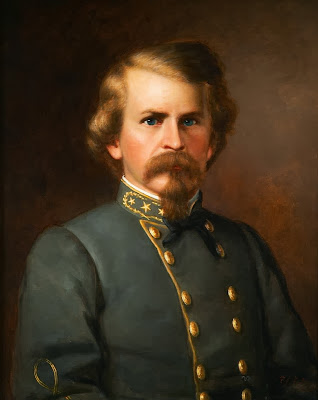The Union 44th
Indiana Infantry was organized October 24th 1861 at Fort Wayne,
Indiana.
A Fort
Wayne, Indiana druggist, Hugh B Reed was made the Colonel of the 44th
Indiana when it was organized October 22nd 1861. The 44th was made up of volunteers
mostly from Indiana’s Tenth Congressional District in the northeastern part of
the state. They left for Henderson,
Kentucky in December 1861 and went into camp at Calhoun, Kentucky. In February 1862 they were moved to the Fort
Henry area and then onto Fort Donelson, Tennessee, where the 44th
took heavy casualties during the siege of the fort. Following this action they moved onto the
Battle of Shiloh taking 210 casualties.
The men of the 44th would also take part in the Siege of
Corinth, Mississippi, and the Battles of Chickamauga, Missionary Ridge, and
Stones River. They finished up their
duty on provost guard duty at Chattanooga, Tennessee.
The 44th
was mustered out of Union service September 14th 1865. During their service the 44th lost
80 killed and 229 who died from disease.
















